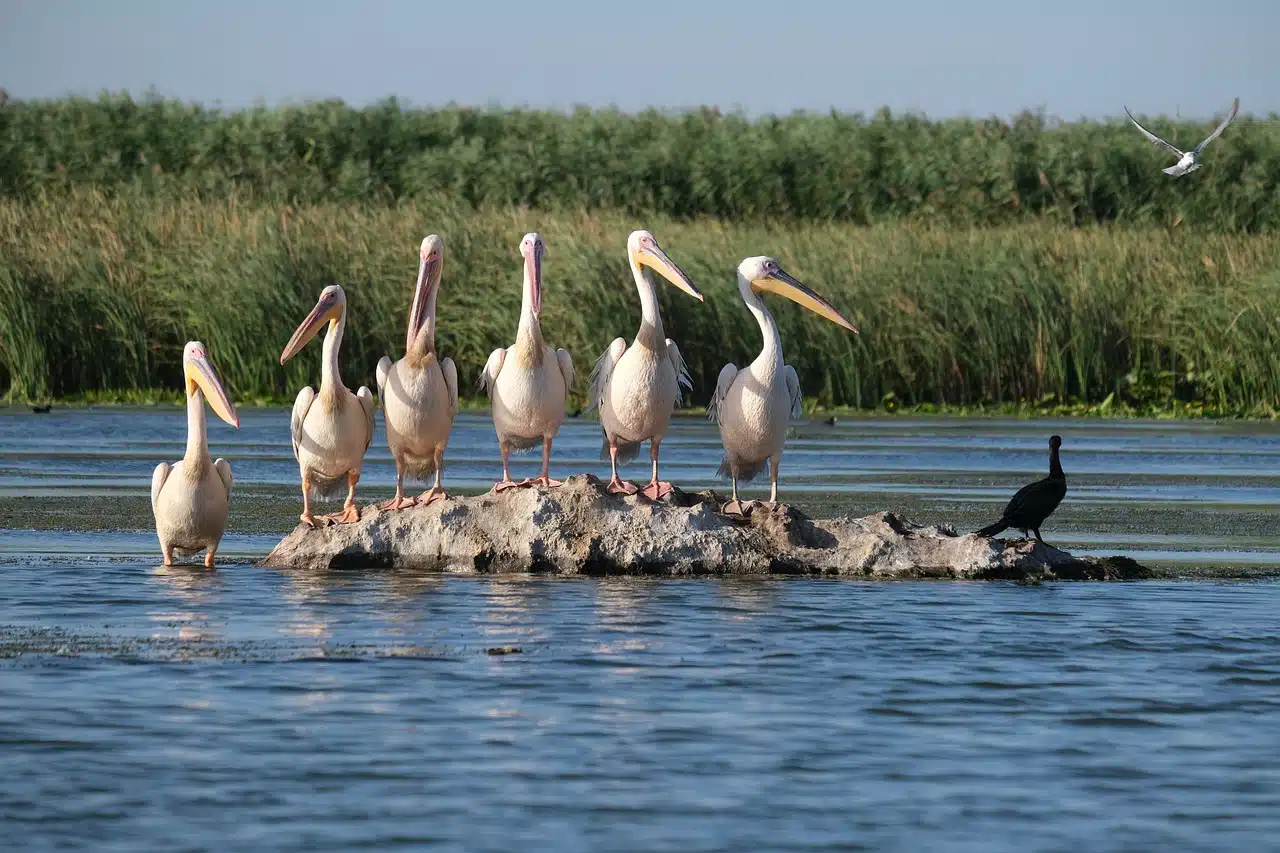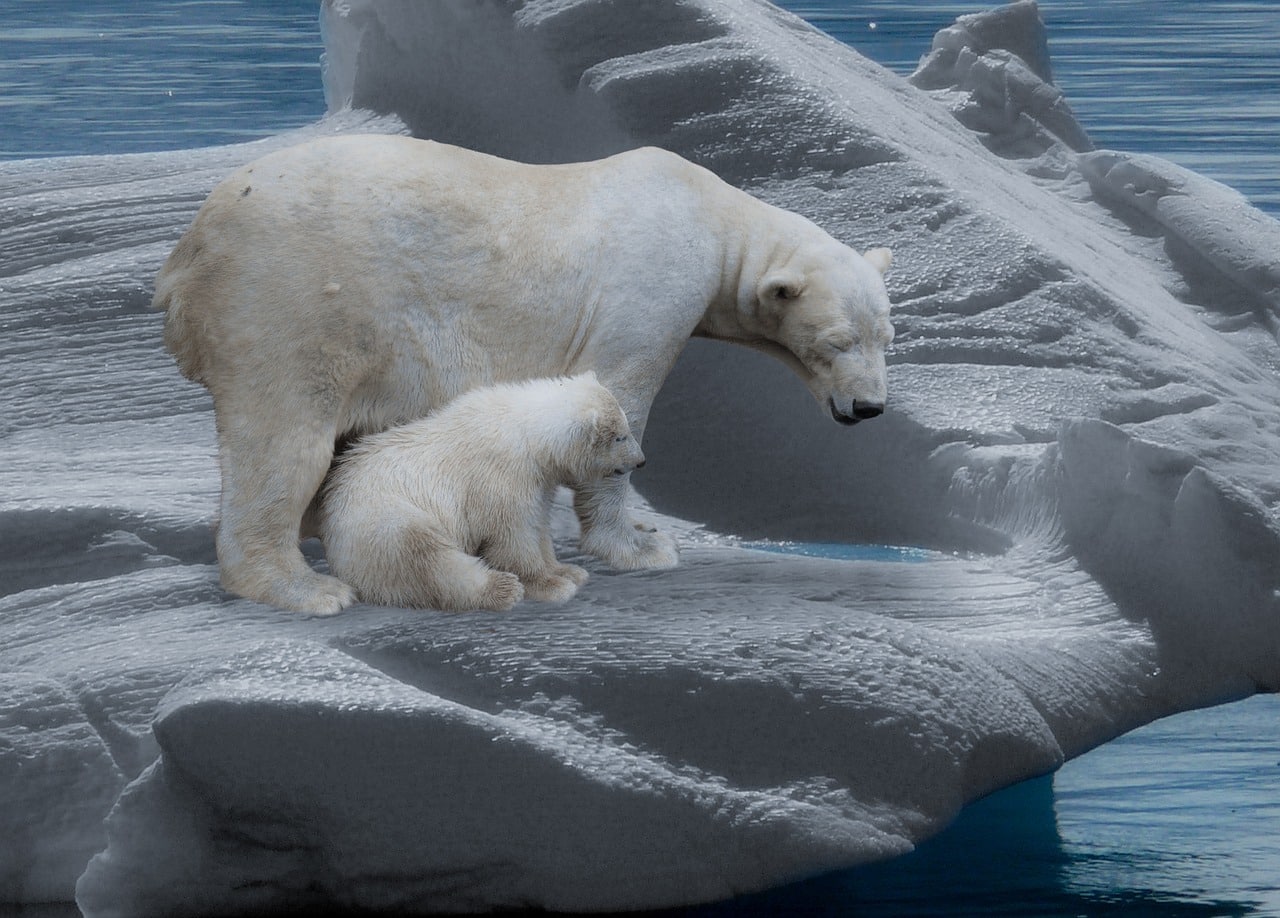
It is essential to respect and preserve biodiversity.
Native species is a notion, sometimes replaced within the discipline known as biogeography by expressions such as native species or indigenous species , that identifies a certain species (whether plant or animal) with a particular ecosystem or territory.
Together, native species , thanks to natural phenomena, make up the fauna and flora of a region. By adapting to each other and to the conditions of the area where they coexist without human intervention, they give rise to a community of living beings that, by sharing a habitat , make up an ecosystem .
Plants, trees and specimens of multiple animal species, as well as the places where they are born, grow, develop and die, must be preserved and respected so as not to threaten biodiversity . It is essential to keep in mind that to achieve a balanced biosphere and guarantee the well-being of all the organisms that inhabit the Earth , it is necessary to take care of biological diversity . There will be no possible survival if, as unfortunately happens today in many sectors of the planet, biodiversity is at risk. This is essential to regulate flows of matter and energy, keep coastal surfaces stable and positively intervene in atmospheric processes or phenomena.
Concepts linked to native species
There are concepts linked to native species that reveal the importance of recognizing, examining and caring for them.
Firstly, after being clear about the value that native species have for biodiversity , it is worth highlighting that biological diversity presents a dynamic profile since the evolutionary process is constant. It is not uniform either, but on each surface, depending on elements and factors such as soil type, altitude or climate, there is more or less nourished biodiversity .
It is interesting to note, on the other hand, that native species do not necessarily fall into the category of endemic . Biology experts appeal to the idea of endemism with the purpose of individualizing species that, naturally, have a specific area of distribution (although the extent they occupy is variable) and do not appear in other corners of the world.
When human action, both intentionally and accidentally, causes certain specimens of vegetation or animals to reach areas outside their native territories, the concept of exotic species comes into play. The fact of transporting animals or plants to any place to which they do not originally belong is not a minor fact for the balance of nature : the so-called introduced species can have negative consequences in the ecosystem where they are established. In this framework, the ecological niche linked to other species is altered and native biological diversity then begins to face serious risks.
Faced with ecosystems that show complex deterioration, the solution or practice that aims to restore life or regenerate sources of well-being appears by appealing to ecological restoration . Native tree regeneration , by focusing on a specific option, is key to restoring forests . When soils that have lost quality and show degradation as a result of agriculture or intensive economic exploitation are detected, reforestation is undertaken using native plants .

Poaching and deforestation destroy more than one ecosystem.
Impact of invasive alien species
The impact of invasive exotic species is seen in different areas. Human health, for example, is exposed to diseases triggered by vectors and invasive exotic pathogens. These are expanding throughout the world thanks to the commercial industry and the tourism sector because the incessant transfer and movement of people also causes parasites, viruses and bacteria to spread.
Ecological wealth is also seriously compromised because invasive exotic species generate structural transformations in ecosystems and transmit diseases that can destroy both native fauna and native flora , for example.
Also the landscapes, and along with them customs or uses of resources of a town, show variations. A biological invasion even damages the economy of a nation if there are considerable monetary losses due to problems in livestock farming, fishing or the use of natural resources, to list a few possibilities.
Distribution of native species
The distribution of native species is conditioned or marked by a wide number of issues. There are maps prepared by experts that help discover or remember which organisms are typical of a geography and studies that focus even on the distribution of non-native species , but climate change and biological invasions, among other factors, cause frequent modifications.
It is also important to consider that the limits (geographically speaking) of the distribution of species are determined based on abiotic factors and biotic factors . The communities that are outside the limit are classified as peripheral or marginal populations , while the central populations appear in the central area.

Climate change threatens the survival of many species.
Conservation measures
Conservation measures are essential in the face of so many realities that threaten or impede the survival and optimal quality of life of creatures that inhabit oceans, jungles, lakes and any other territory. Wildlife trafficking , pollution , poaching , illegal fishing , deforestation and climate change are some of the main reasons for the total or partial destruction of ecosystems . Droughts , forest fires and floods also influence the loss and degradation of the habitat of thousands and thousands of species.
Provide environmental education , strengthen government and/or institutional support aimed at protected areas , implement ex situ conservation (which involves conserving elements of biodiversity away from their natural habitat from flora and fauna centers or germplasm banks ) and carry out in-house conservation . situ (protecting species in danger of extinction without removing them from their natural environments) are strategies that contribute to guaranteeing the conservation of biological diversity .
